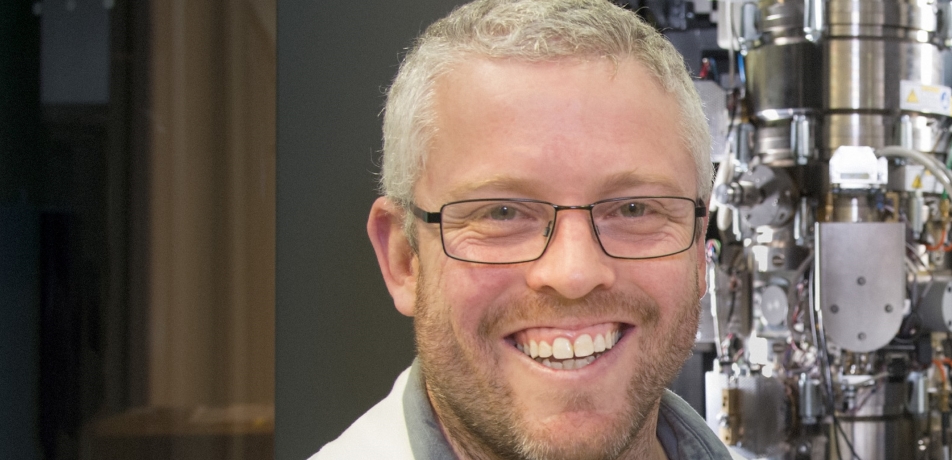Superbugs decoded in Weizmann-Monash Australia research collaboration

Eight years ago he was a postdoctoral student of Weizmann’s Nobel Laureate, Prof. Ada Yonath, spending three years in Israel. Today, Dr. Matthew Belousoff (pictured here) of Monash University’s Biomedicine Discovery Institute (BDI) in Australia is collaborating with his mentor to unravel the molecular structures of antibiotic-resistant superbugs which threaten human health.
An important breakthrough has occurred as a result of this collaboration. As reported in mBio in a publication in which Dr. Belousoff and Prof. Yonath are co-authors, the team mapped the molecular structure of the vital cellular nano-machine that translates the genetic code to proteins in every living cell. That included the most deadly superbug, ‘Golden Staph’, or staphylococcus aureus. This discovery provides the first solid clues as to how this bug beats antibiotics and how drugs can be ‘retooled’ to counteract this phenomenon.
This outcome was the result of much teamwork, including input from Singapore’s Nanyan Technological University, which invited a Weizmann’s doctoral student to collaborate on such projects and provided their most modern equipment to gather data about superbug structures. In turn, at the Monash Ramaciotti Centre for Electron Microscopy, Dr. Belousoff and his team advanced imaging technologies to study Golden Staff and its structural changes during resistance process.
“Our electron microscope produces near-atomic levels of visualisation of molecules inside these bacteria so we are entering an age of amazing discovery thanks to this ever evolving technology,” said Dr Belousoff. The breakthrough is timely in Australia, as its Health Minister, Greg Hunt, recently announced that the government will invest $5.9 million in fighting deadly superbugs.





